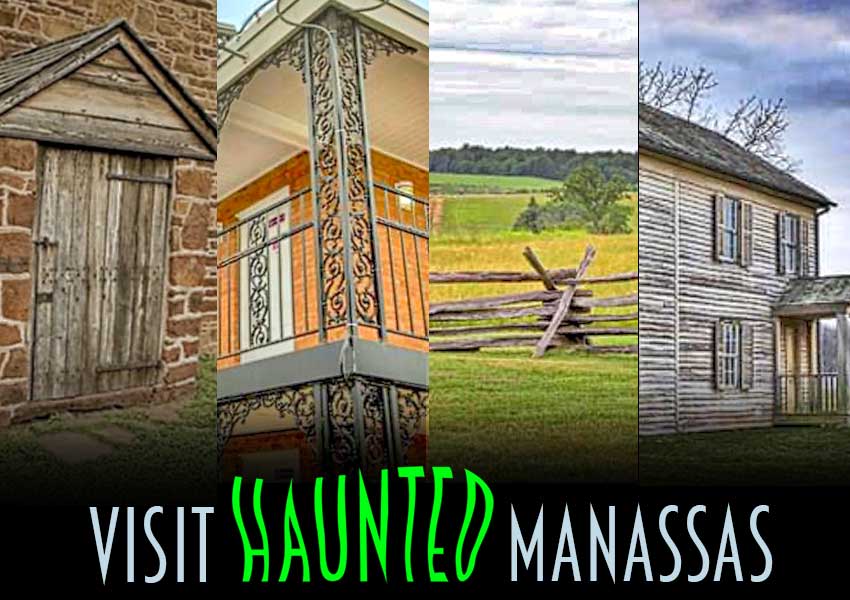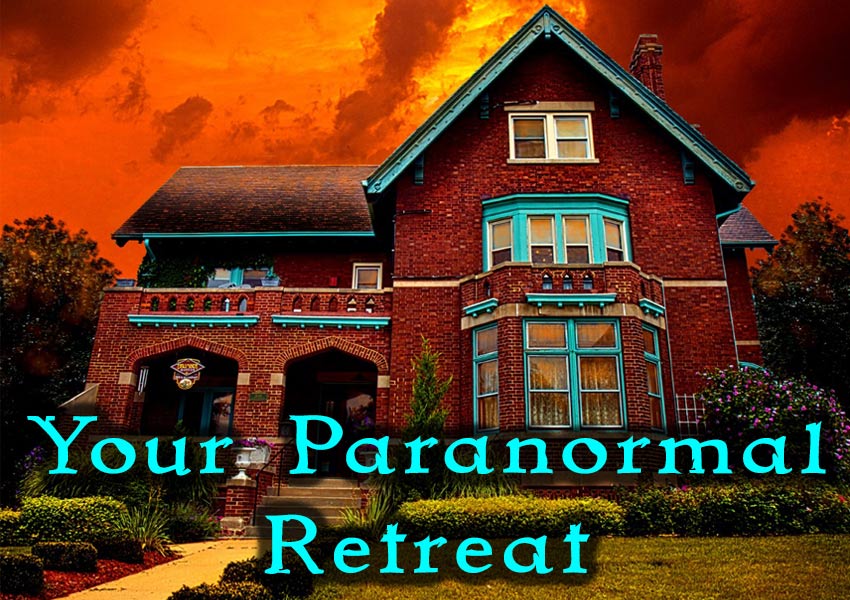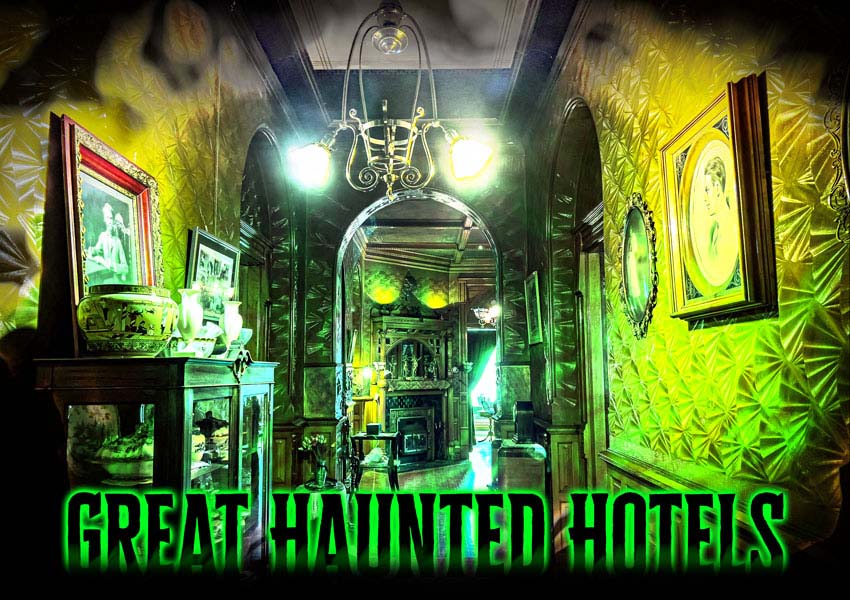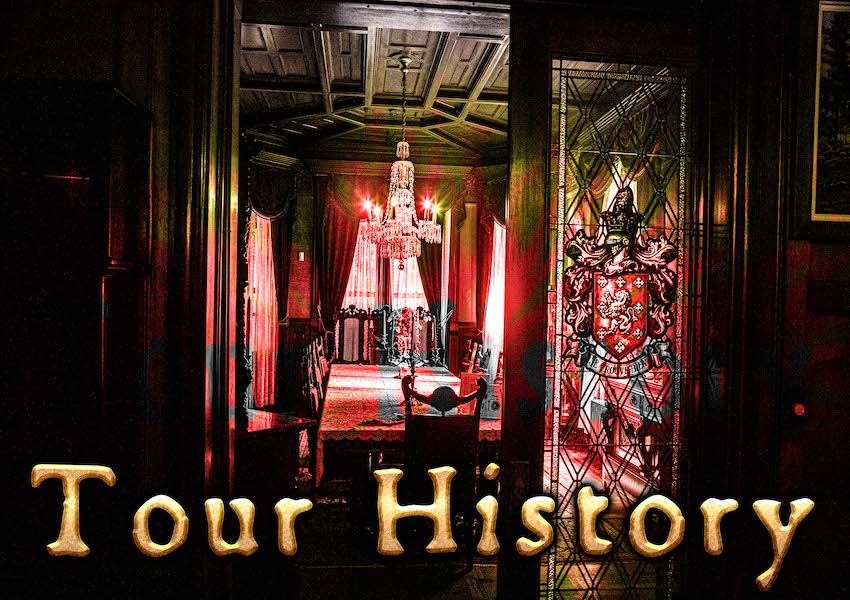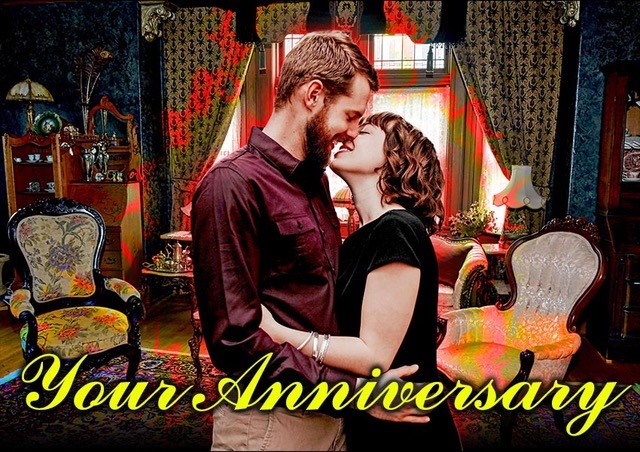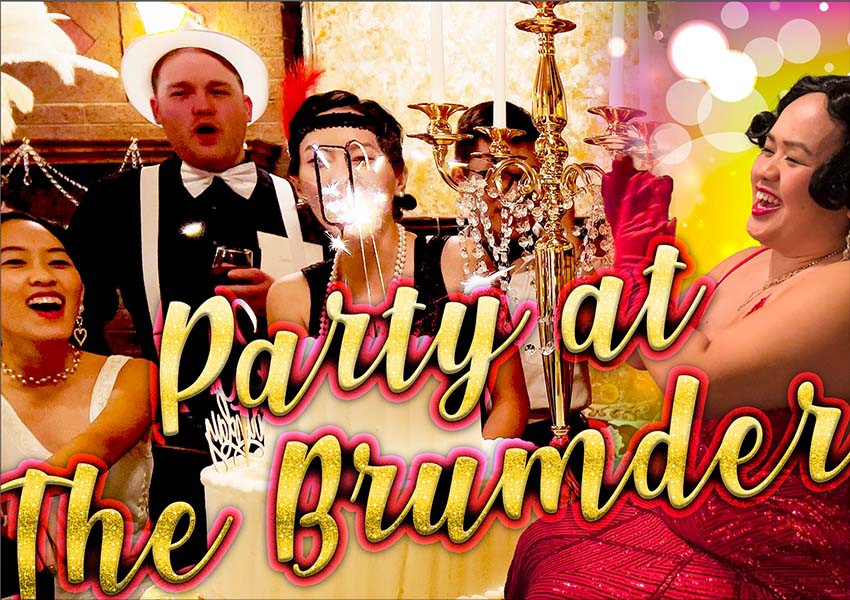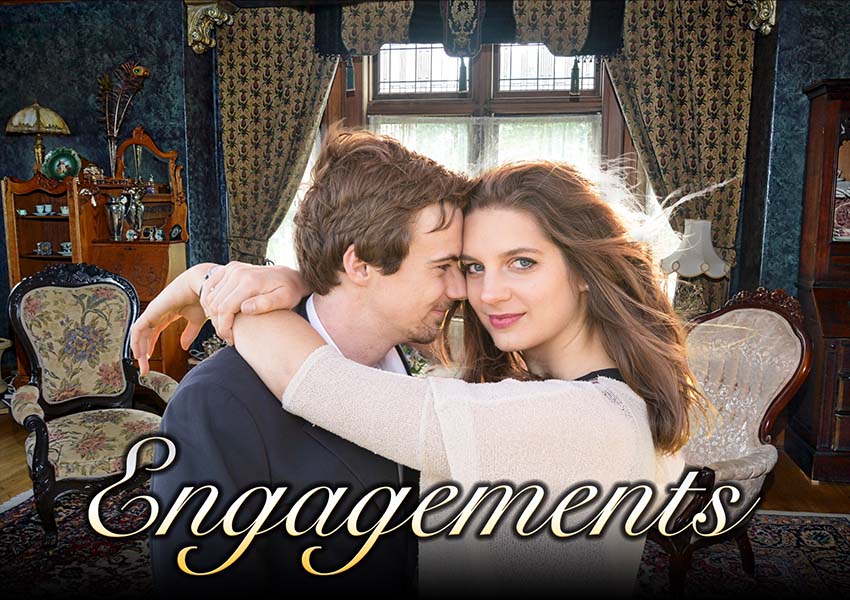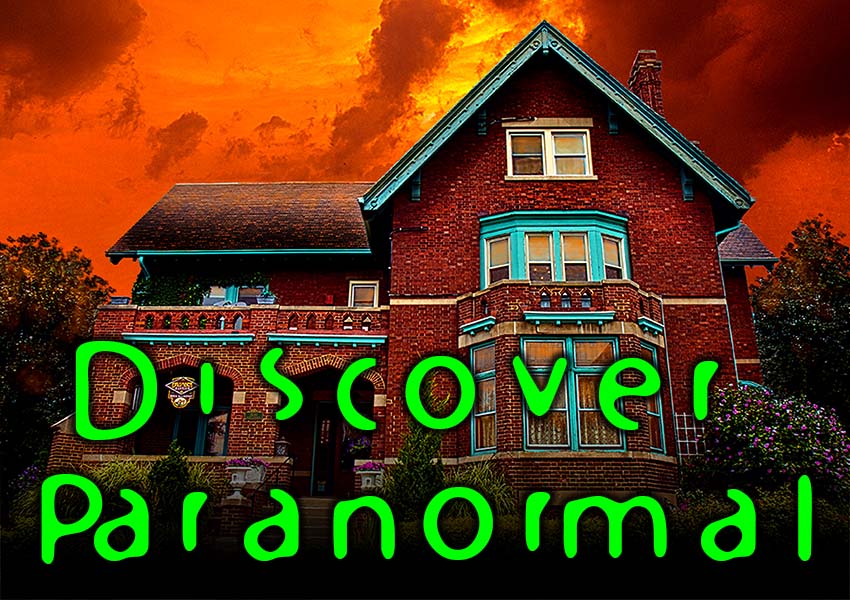Pittsburgh Pennsylvania
Frick House
Having to leave while alive, a spirit or
two have moved back, keeping an eye on the living.
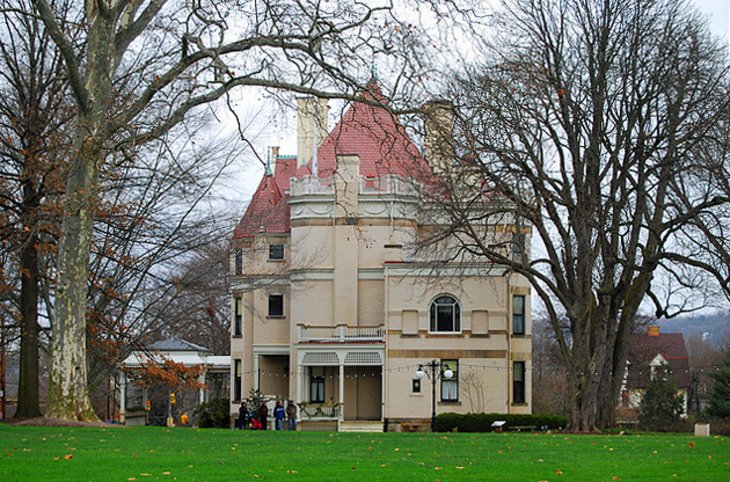
DESCRIPTION
There is a lot to see, inside the gated perimeter. The twenty-three-room, Italianate-style, stone and brick decorative Clayton Mansion, is open for tours with reservations. Their children’s large 2 story “playhouse”, now the museum gift shop and visitor’s center, The Frick Art Museum, and the Car and Carriage Museum are located in the middle and back of property, along Penn Avenue The Car and Carriage museum is found in the old carriage house, and the art collections of Henry Clay Frick and his daughter, Helen, are in the new addition. Both museums are free to the public, while a tour of the glorious Clayton Mansion has a minimal admission price. No picture taking is allowed inside the mansion.
After the family moved to New York in 1892, they left most of their stuff behind. The Clayton Mansion is like stepping back in time, as the visitor can see how the family lived, with 93% of their original furnishings and possessions still there, now on display on the first floor, which is the part of the mansion covered in the tour.
On the grounds there is also The Cafe at the Frick, located in one of the other buildings, just north of the parking lot.
HISTORY
Henry Clay Frick started out life in a small Mennonite town, West Overton, in Pa. As a young man, he proved to be a talented entrepreneur. He formed a company with two cousins and a friend, that turned coal, into coke, creating a fuel needed by Pittsburgh steel industry. It is no wonder that he became very wealthy; a millionaire at 30!
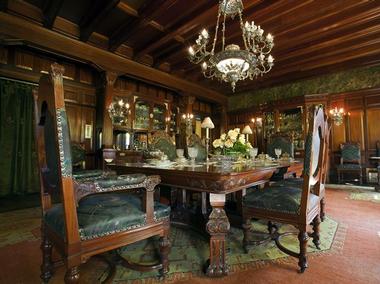
In 1880, Henry married his sweetheart, Adelaide Howard Childs, and they bought the original eleven room mansion for $25,000, in 1882. The mansion sat on an acre and a half of land. While they had 4 children, only two survived. Their son, Childs (1883-1965), was born in March of 1883. In 1885, a daughter, Martha was born but she died at the age of 6 in 1891. Their third child, Helen Clay Frick was born in 1888. Their fourth child, Henry Clay Frick, Jr., died shortly after his birth in 1892.
As their family grew, they purchased the lots behind their home, creating a 4 acre estate, adding buildings and an expanded carriage house. For the children’s parties and activities, they built “The Playhouse”, a real, but smaller house.
By 1891, the family had grown to three children, so the Fricks remodeled, using the services of architect Frederick J. Osterling was hired to transform Clayton into the 23-room chateau-style mansion seen today. The family enjoyed their home and community until 1905, when Henry moved his family to New York City. Childs was already going to college, but Helen sorely missed the mansion in Pittsburgh, and her life there.
When her father died in 1919, she inherited quite a fortune, which she gave some back to the communities, in the form of philanthropic projects. both in Pennsylvania and New York. While Helen never married, she was busy making contributions to benefit the arts and people who enjoy them, and want to study and develop their own gifts.
Her most important contribution was the formation of the top American research institution, Frick Art Reference Library in New York; a research library and photo archive dedicated to the study of western art. In 1920, she started it, and she oversaw the operations of this library her whole life, as it was an interest dear to her heart, art!
To promote art at the college level, she funded Henry Clay Frick Fine Arts Department at the University of Pittsburgh. Thinking ahead, she also funded the building of The Frick Art Museum on the back side of the family property in Pittsburgh, to show the community all the art that her father, Henry had collected, and her beloved collection as well.
While she was at it, she also funded the restoration of Clayton Mansion, with provisions in her will to open up Clayton Mansion to the public, leaving all the Frick memorabilia to be on display as well, which explains why 93% of the Frick’s possessions are still there. At the age of 93, she moved back to Clayton Mansion and spent the last three years of her life there, passing away in 1984.
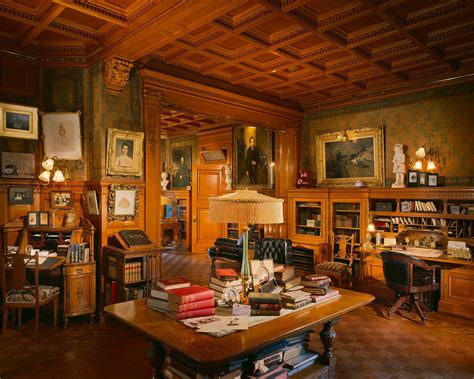
HISTORY OF MANIFESTATIONS
When a person, during their lifetime has to give up a favorite place, because of life situations or a sudden death, sometimes they choose to spend their after-life there. Perhaps Helen wasn’t the only one who dearly missed Clayton Mansion.
MANIFESTATIONS
One or two women are thought to keep an eye over Clayton Mansion. Both are very polite and gentile, never rowdy or mischievous; behave as the upper class they were in real life.
As no public reveals of any paranormal investigative reports; scientific or psychic, have been shared, there are differences of opinions among the staff as to who is supervising them.
Spirit of Helen Frick
When the Clayton Mansion is locked up for the evening, security guards have heard a woman’s footsteps up on the third floor, where Helen’s bedroom was probably located.
Spirit of Adelaide, Helen’s mother
Staff have noticed that her former bed often has an indentation, that looks like someone has laid on it.
STILL HAUNTED?
Probably so. While there is no hard evidence to prove it, let alone say who exactly is there, security guards are usually ex-military or have the warrior mental attitude, and would give objective reports, so I believe that their experiences are valid.
Seeing an apparition is an experience that makes quite an impression on people. More than one person has seen her, making it likely that at least one female spirit is there.
None has been made public if any was gathered, because The Frick Art and Historical Center doesn’t at this time have any desire to come out of the paranormal closet. Their main focus is history, and art, and they don’t want to take anything away from the purpose of The Frick Art and Historical Center.
As the spirit or spirits who still think of Clayton Mansion as their home aren’t frightening the staff, or being problematic, the museum probably doesn’t welcome spirit seekers wanting to come in and investigate.
People such as security guards and no nonsense staff have shared their personal experiences with someone, who has published the reports of paranormal activity in articles and books.
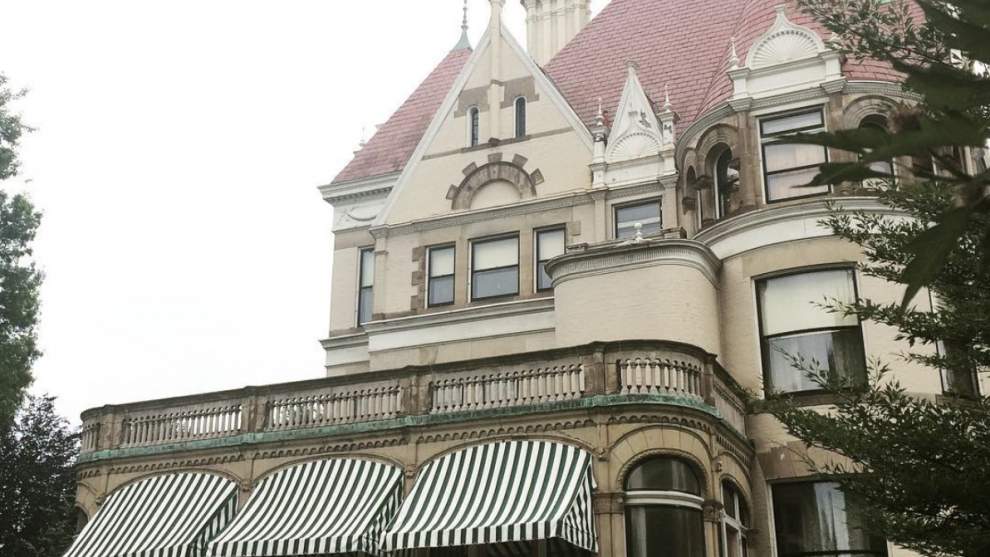

LOCATION
Clay/Frick Mansion
Frick Art & Historical Center
7227 Reynolds Street
Pittsburgh, Pennsylvania 15208
The Frick Art Historical Center, the estate of Clayton Mansion can be found in Pittsburgh’s east side, sitting just north of HOMEWOOD CEMETERY, on Reynolds Street. The Clayton Mansion sits in the front of the estate on Reynolds Street. The whole estate of the Claytons is intact, taking up 2 full blocks. Cross streets are S. Homewood Avenue on the left, and S. Lexington on the right. Back of the property sits right on 8, called Penn Avenue. The parking lot is off of 8. They are closed on Mondays.
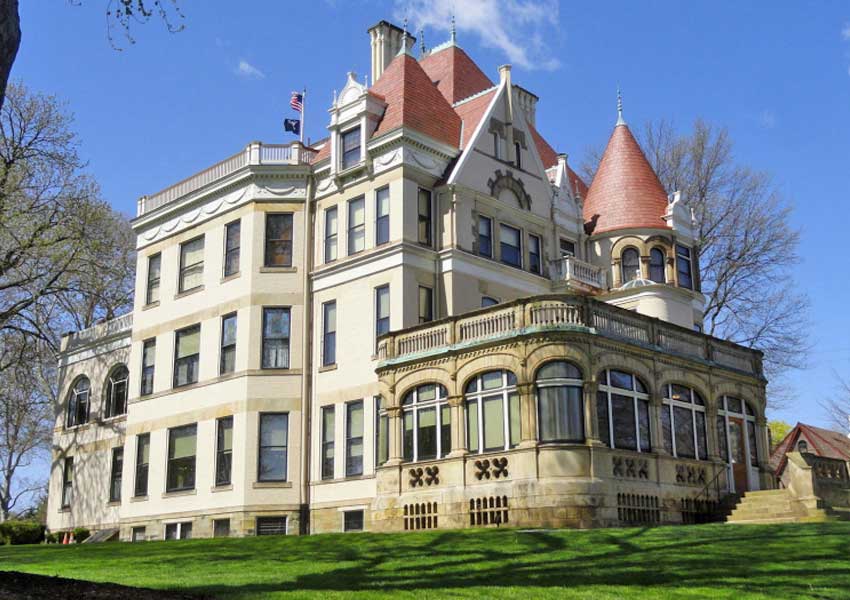
SOURCES INCLUDE
- The Ghost Hunter’s Field Guide
by Rich Newman, Llewellyn Publications, 2011 - http://www.thefrickpittsburgh.org/about/helen_clay_frick.php
- http://www.thefrickpittsburgh.org/about/history.php
- http://pittsburgh.about.com/library/blghosts_clayton.htm
Our Haunted Paranormal Stories are Written by Julie Carr
Our Photos are copyrighted by Tom Carr
Visit the memorable… Milwaukee Haunted Hotel





